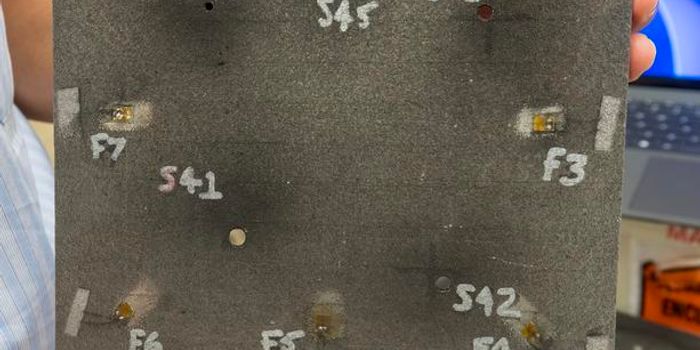NASA Astronaut Enters ISS's Inflatable Module for the First Time
Less than two weeks ago, NASA sent an inflatable module known as the Bigelow Expandable Activity Module, or BEAM for short, to the International Space Station by way of a SpaceX Falcon 9 reusable rocket.
Within no time at all, the crew aboard the International Space Station had the thing attached to the outside of the space vehicle and ready to be inflated. Unfortunately, things didn’t go so well during the first attempt to inflate the module, as it was expanding one way and not another due to friction between the module’s fabric layers.
Soon after, NASA attempted a second inflation attempt after they established that the technical difficulties weren’t severe. The second attempt went much smoother, and NASA was pleased to watch the BEAM inflate to its full size as astronaut Jeff Williams pumped it with air, slowly but surely.

Now, Williams has taken his steps, or should we say floated, into the inflatable module on board the International Space Station. His duties were to take measurements of various aspects of the inflatable module to ensure that it was safe.
Among the things that were checked are temperature, air composition, and pressure among other aspects that deal directly with whether or not it leaks or poses any threat to being used for storage or habitation.
Williams noted that the air inside was “pristine,” but the temperature was showing a bit on the colder side.
NASA hopes to see the inflatable module last quite a long time, as this type of collapsible equipment could be just what human beings need to explore other bodies in space, such as the Moon, Mars, and more because they pack away nicely into cramped spaces, such as those of a spacecraft, and then expand into habitable containers.
The International Space Station serves as the initial testing grounds for this type of equipment, and some day when the International Space Station is retired due to an inevitable expiration date, NASA may rely on this type of equipment to set up bases on the Moon, or even on other planets for astronauts to live inside of.
With that being said, ensuring they are a safe way to travel and live in are among the highest of priorities in these types of experiments.
Source: The Verge








